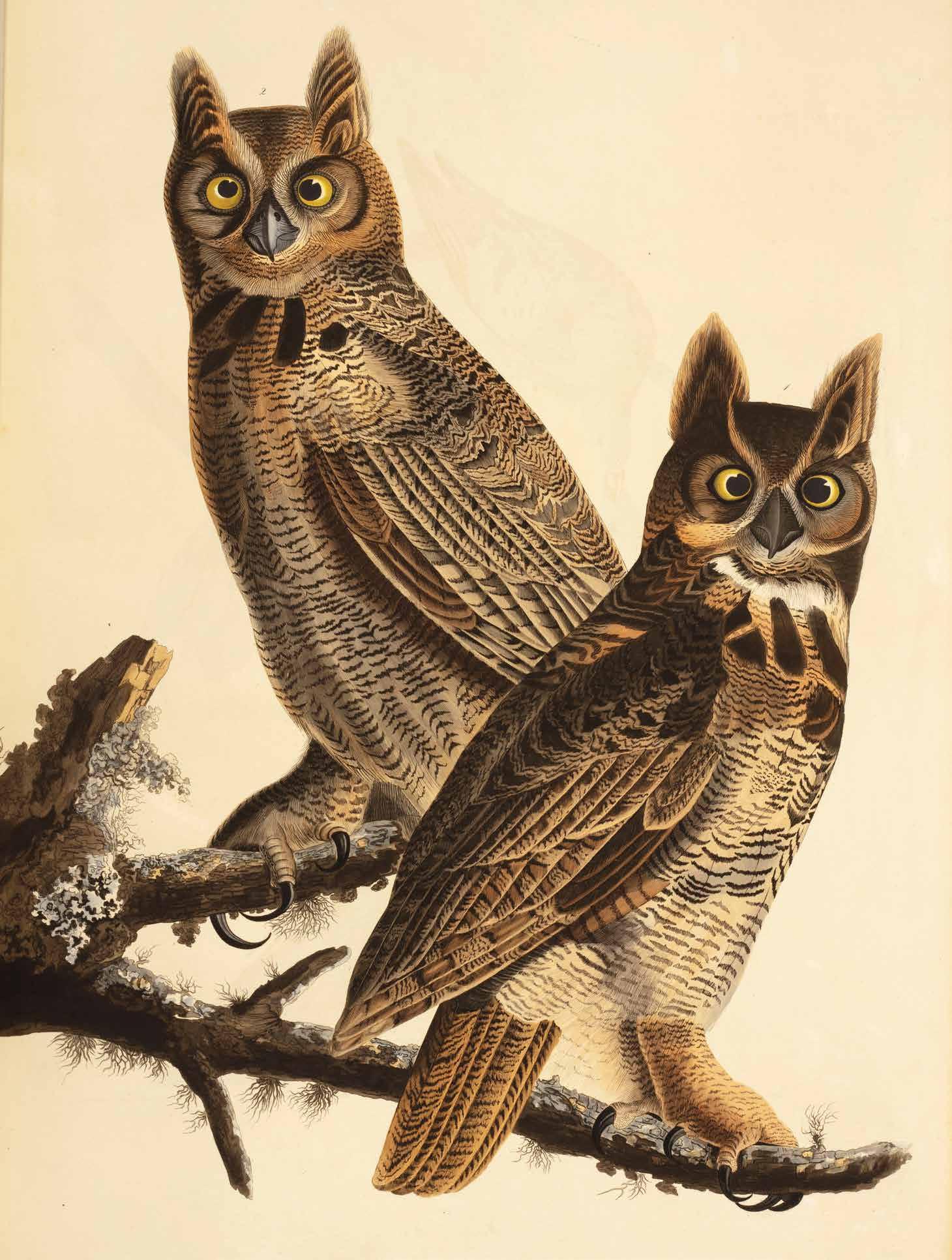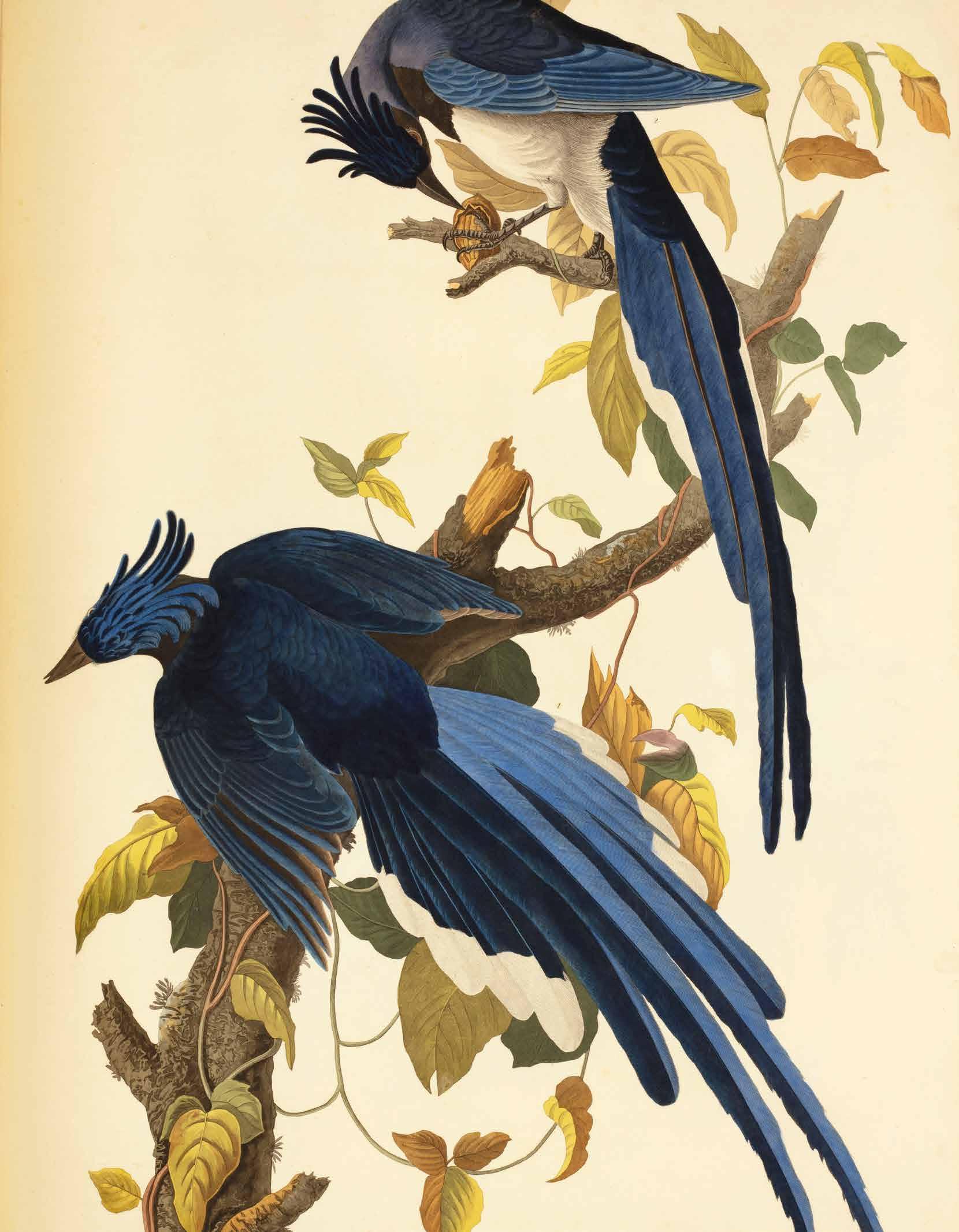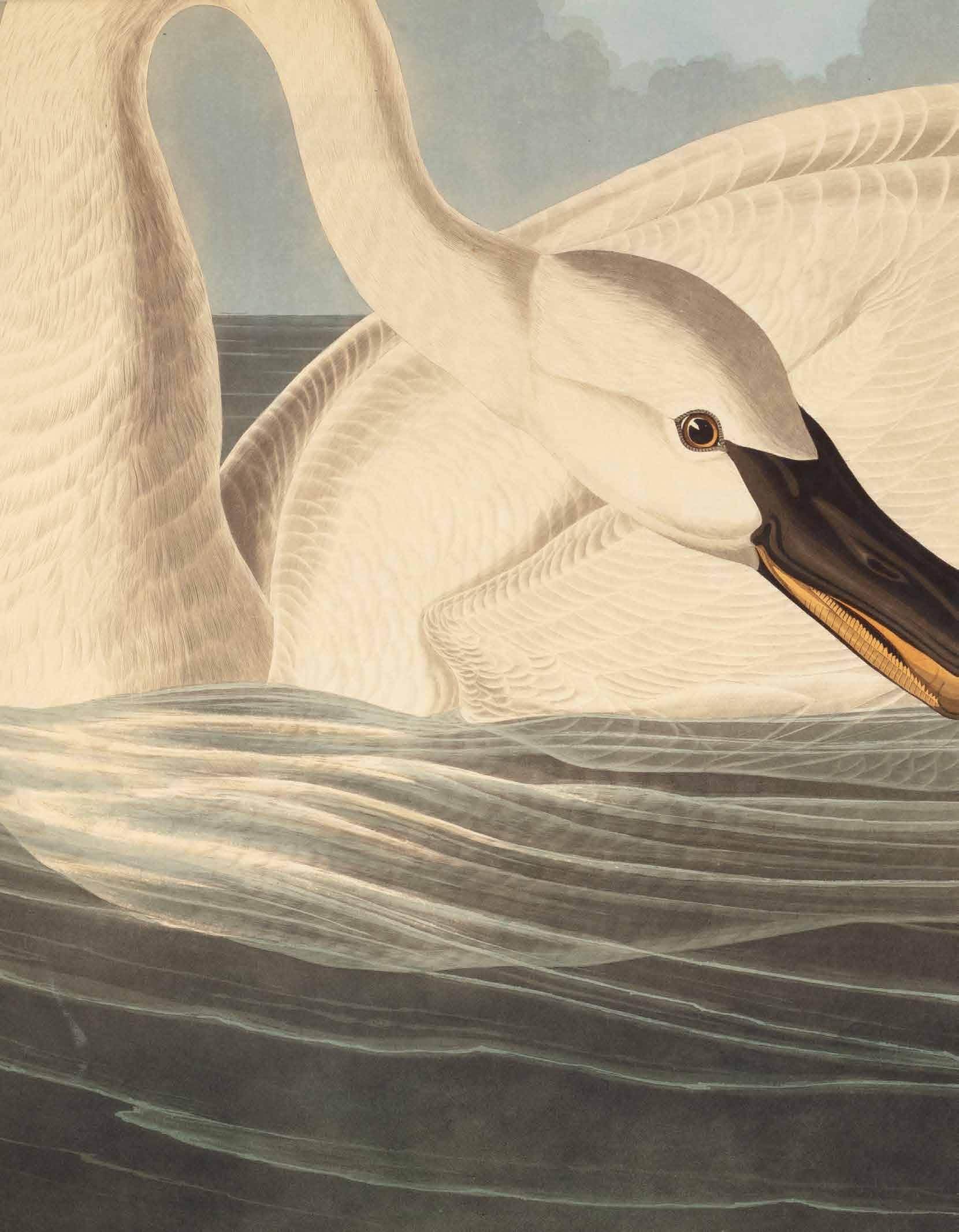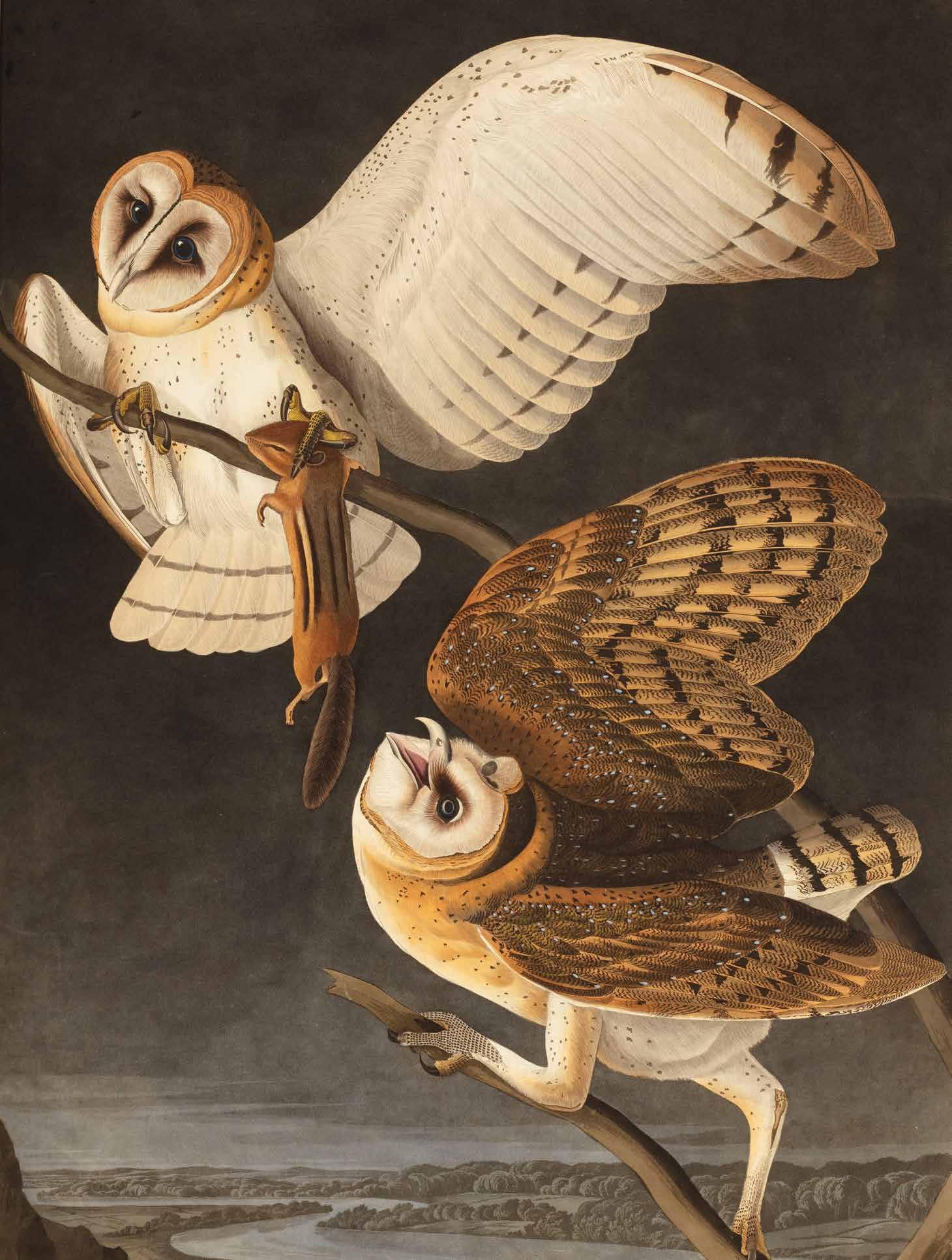




A joint presentation by
Daniel Crouch Rare Books is a specialist dealer in antique atlases, maps, plans, sea charts, globes, scientific instruments, and voyages dating from the fifteenth to the nineteenth centuries. Our particular passions include rare atlases, wall maps, and separately published maps and charts.
Stéphane Clavreuil Rare Books is run by Stéphane Clavreuil, member of a dynasty of French booksellers active in the Parisian Quartier Latin since the 19th century. After having managed the Librairie Thomas-Scheler for the past two decades in Paris he moved to London where he established his new company in 2012. Stéphane Clavreuil Rare Books specializes in the history of ideas, first editions of literary and philosophical texts, as well as medical discovery, science and geography.

Daniel Crouch Rare Books Ltd
4 Bury Street, St James’s London SW1Y 6AB
+44 (0)20 7042 0240 info@crouchrarebooks.com crouchrarebooks.com
Stephane Clavreuil Rare Books
23 Berkeley Square London W1J 6HE
+44 (0)79 8325 2200 stephane@clavreuil.co.uk

The Merriam - National Academy of Sciences - Smithsonian National Collection of Fine Arts -Terra Foundation copy of The Birds of America by John James Audubon, Joseph Mason, George Lehman, and Maria Martin
A joint presentation by


“There is nothing in the world of fine books quite like the first discovery of Audubon. The giant energy of the man, and his power of achievement and accomplishment, give to him something of the epical force of a Walt Whitman or a Herman Melville. …
Audubon is the greatest of bird painters; he belongs to American history, and as a writer he described things that human eyes will never see again” (Sitwell)

AUDUBON, John James; Joseph MASON; George LEHMAN; and Maria MARTIN
The Birds of America; from Original Drawings by John James Audubon. Publication
London, Published by the Author, 1827-1838. Description
4 volumes, broadsheets (970 by 660mm, with slight variation), 4 engraved title-pages, 435 magnificent etched plates (numbered I–X, 11–100, CI–CCCCXXXV) on wove paper watermarked “J. Whatman” 1831, 1836, 1837 or 1838, and occasionally “J. Whatman Turkey Mill”, 1836, or 1838, with line-engraving and aquatint, by William H. Lizars of Edinburgh and by Robert Havell and Robert Havell Jr., of London, with superb contemporary hand-colour in full, heightened with gum arabic, preliminary leaves with gentle crease-marks and one or two separations with expert repairs, some occasional minor marginal spotting; original publisher’s half tan russia, brown cloth, the spine gilt decorated in compartments
$12,500,000

A truly superb, and exceptionally fine example, of John James Audubon’s magnum opus, depicting 1,065 individual birds representing 489 American species, in their natural habitats, and actual size. The first ten plates engraved by William Home Lizars, all superbly coloured, and in an unusually fresh state. Amply fulfilling Audubon’s own dream that they be “brought up and finished in such superb style as to Eclipse all of the Kind in Existence... ” (letter to his wife, Lucy Bakewell),
By his own admission, and recounted in his ‘Ornithological Biography’, the genesis of Audubon’s plan for a grand American ornithology may be said to have taken place one “fair morning, [when] I was surprised by the sudden entrance into our counting-room of Mr Alexander Wilson, the celebrated author of the ‘American Ornithology’ of whose existence I had never until that moment been apprised. This happened in March 1810. He had two volumes under his arm, and as he approached the table at which I was working, I thought I discovered something like astonishment in his countenance. He, however, immediately proceeded to disclose the object of his visit, which was to procure subscriptions for his work. He opened his books, explained the nature of his occupations, and requested my patronage.
“I felt surprised and gratified at the sight of his volumes, turned over a few of the plates, and had already taken a pen to write my name in his favour, when my partner rather abruptly said to me in French, ‘My dear Audubon, what induces you to subscribe to this work? Your drawings are certainly far better, and again you must know as much of the habits of American birds as this gentleman...’” so lighting the spark to Audubon’s ambition of depicting each American bird, true to life, and size
From 1820, Audubon set out on a number of collecting and painting expeditions, accompanied by a series of assistants. He spent some months in New Orleans making a modest living sketching portraits, and then as tutor to Eliza Pirrie at the plantation owned by the latter’s father on Bayou Sara. Throughout, he gradually began accumulating his bird pictures. “A trip to Philadelphia in 1824 to look into the possibilities of publication and other support was a disaster. Audubon foolishly antagonized the artist Titian Peale and the engraver Alexander Lawson, who were preparing illustrations for Charles Lucien Bonaparte’s ‘American Ornithology; or, The Natural History of Birds Inhabiting the United States, Not Given by Wilson’. With his criticisms of Wilson’s artistry, he also infuriated the Philadelphia businessman and naturalist George Ord, Wilson’s friend, editor, biographer, and champion, who became Audubon’s lifelong enemy and did whatever he could to block Audubon’s success in the United States.








Following Ord’s lead, most Philadelphia naturalists and engravers refused to assist Audubon with his project. Audubon now concluded that he had no choice but to go to Europe to seek out engravers and printers, and this he did with money he and [his long-suffering wife, Lucy Bakewell] earned from teaching the children of the Percy family of Beechwood Plantation near New Orleans in 1825 and early 1826” (Sterling).
“Arriving in Liverpool, England, in July 1826, Audubon soon found the support and fame that had so long eluded him in the United States. He went on to Manchester, where the response to his work was tepid, and then to Edinburgh, Scotland, where he found not only more support but William H. Lizars, the engraver he had been looking for. There he matured his ideas concerning his project and decided on an elephant folio on a subscription basis. He took time to fulfill a longtime ambition by meeting Sir Walter Scott in January 1827. He was much impressed, as was the Scots author with his visitor’s artistic talents. With the engraving of his paintings well under way, Audubon went to London in the spring of 1827. Soon after his arrival, he was informed that the men coloring his engravings at Lizars’s firm in Edinburgh had gone on strike.
“Fortunately, he soon was put in touch with the London engraver Robert Havell, Jr., who was to be Audubon’s valued collaborator on the four-volume Elephant Folio project for the next eleven years (18271838). When his money ran low, Audubon raised what was needed to pay his engravers with portrait sketches, and he painted portraits in oil and watercolor animal scenes. He also solicited subscriptions in England and in France, where he met Baron Georges Cuvier, the leading French zoologist of the time, who was both gracious and supportive. Audubon’s final trip to England began in the summer of 1837. He remained for two years and oversaw the completion of both publication projects.
“A total of 435 “double elephant” aquatints had been produced. Only a relative few of the copper plates for these engravings exist today. Some were destroyed by fire in 1845, and others were sold years later as scrap. ‘A Synopsis of the Birds of America’, a one-volume index to both the folio edition of the ‘Birds of America’ and the ‘Ornithological Biography’, was published in London in 1839, principally for folio subscribers. A smaller octavo edition of the Birds, combining engravings on a smaller scale and the text of the ‘Ornithological Biography’, was published between 1840 and 1844 and sold extremely well” (Sterling for ANB).



In December of 1826, Audubon wrote in his journal: “A century hence, [these birds] will not be there as I see them. Nature will have been robbed of many brilliant charms. The rivers will be tormented and turned from their primitive courses…the deer may exist nowhere, fish will no longer abound in the rivers, the eagle scarcely ever alight and the millions of lovely songsters be driven away or slain by man”.
Since he wrote that, at least five of the 489 species that Audubon depicted have officially become extinct: the Carolina Parakeet (1918), to some extent because it was friendly; the Pied Duck (1878), even though it tasted foul, and the meat rotted quickly; the Passenger Pigeon (1914); the Pinnated Grouse (1932); and the Great Auk (which Audubon never saw living). The future of others weigh in the balance: the Ivory-billed Woodpecker (mythical sitings only); the Esquimaux Curlew (not official seen since 1890); and Bachman’s Warbler (ditto 1988).
Through loss of habitat, whether by: deforestation, pollution, urbanization; competition from alien species; disease; the pet trade; human predation, whether for food, decoration, pest control, or of their eggs; and over-harvesting of natural food sources, have all played, and continue to play, their part.
Even Audubon himself, shot and killed the specimens he sought to paint, sometimes several individuals, before he found the perfect model.
John James Audubon (1785-1851) was born in Saint Domingue (now Haiti), the illegitimate son of a French sea captain and sugar plantation owner’s servant. “The identity of his mother is in dispute; she could have been a French chambermaid named Jeanne Rabine, but there is compelling evidence that she was a mixed-race housekeeper named Catherine “Sanitte” Bouffard. At the age of 5 - which coincided with the beginnings of the Haitian Revolution - Audubon was sent to Nantes, France and was raised by his father’s wife, Anne. There, John James Audubon took an interest in birds, nature, drawing, and music.
“In 1803, at the age of 18, he was sent to America, in part to escape conscription into Emperor Napoleon’s army. He lived on the family-owned estate at Mill Grove, near Philadelphia, where he hunted, studied and drew birds, and met his wife, Lucy Bakewell. While there, he conducted the first known bird-banding experiment in North America, tying strings around the legs of Eastern Phoebes; he learned that the birds returned to the very same nesting sites each year.







“Audubon spent more than a decade as a businessman, traveling down the Ohio River to western Kentucky - then the frontier - and setting up a dry-goods store in Henderson. He continued to draw birds as a hobby, amassing an impressive portfolio. He also bought and sold enslaved people during this time to support his venture. Audubon was successful in business for a while, but hard times hit, and in 1819 he was briefly jailed for bankruptcy. With no other prospects, in the early 1820s Audubon set off to depict America’s avifauna, with nothing but his gun, artist’s materials, and a young assistant” (The Audubon Society online)... and the rest is history.
Joseph Roe Mason (1802-1842) was originally one of Audubon’s art students, while he was teaching at the newly founded Western Museum of Cincinnati College, in 1820. He and Audubon set out on their great bird hunt in October of that year, bound for Louisiana. They spent two years together, first in New Orleans and then in Natchez, where Mason painted the botanical specimens that would provide the natural context for Audubon’s birds.
George Lehman (c1800-1870), originally from Switzerland, met Audubon in 1824 in Pittsburgh. From 1829, he accompanied him, painting the natural habitats, and background landscapes, particularly at the Great Pine Swamp in New Jersey, Charleston, and Florida (1831-32).
Maria Martin (1796-1863). During a visit to Charleston in 1831, Audubon met John Bachman (1790-1874), an impassioned naturalist, a Lutheran pastor, and life-long friend of Audubon, who would later collaborate with him on ‘The Viviparous Quadrupeds’ (1845-1848). His second wife, previously his sister-in-law, was Maria Martin, who became one of the most influential women in natural history in the nineteenth century. “Her personal letters paint the picture of a welleducated, literary, and artistically talented woman. Upon his first visit to the Bachman’s Charleston abode in 1831, Audubon noticed her gift with watercolors. He began supplying her with paints, teaching her new techniques, and encouraging the gifts of “our little sweetheart”. Over the years, her abilities in painting exquisite flowers soared. She contributed to the watercolor models for Audubon’s most famous project ‘The Birds of America’. It is thought that she collaborated with him on at least 30 watercolors (he credited her with nine), embellishing them with both flowers and insects. Because their collaborations were virtually seamless, with Audubon designing the composition, it is often very difficult to know where Audubon’s hand ended and Martin’s began. In her lifetime, Martin became South Carolina’s only recognized female artist” (New York Historical Society).

Critics would later describe her renderings as particularly good because they were scientifically accurate yet presented with an artist’s sense of colour and natural beauty.
John Bachman wrote to Audubon, who went north for the winter of 1832-1833: “Maria has figured for you the white hibiscus and also a red one, both natives and beautiful; a suanymus in seed in which our Sylvia is placed; the white nondescript rose; the gordonia, a begonia, etc”.
As Sarudy reports: Audubon begged for more of Maria’s flowers; he was “extremely desirous of introducing them in my second volume”. Maria began painting the scenery for Audubon’s bird portraits. This arrangement allowed Audubon to focus on the birds while she painted the natural features surrounding them. He painted the Fork-Tailed Flycatcher he had sketched earlier directly onto Maria’s drawing of a Gordonia or Loblolly Bay branch with flowers. He used her Red Hibiscus in Anna’s Hummingbird, and her Begonia in the Mango Hummingbird. Maria then studied insects in order to add them to her illustrations for Audubon. Her beetles, butterflies, caterpillars, worms, spiders set his work apart from other artists. He paid Maria Martin the ultimate compliment when he wrote his son Victor from Charleston: “Miss Martin with her superior talents, assists us greatly in the way of drawing; the insects she has drawn are, perhaps, the best I’ve seen”
Clearly the Bachman and Audubon families were very close. Not only did the Reverend John Bachman collaborate with Audubon on the production of his last project, ‘The Viviparous Quadrupeds of North America’ (1845-1848), but two of Bachman’s daughters, also Maria’s step-daughters, married Audubon’s sons: John Woodhouse married Maria Rebecca Bachman in 1837; and the elder son, Victor Gifford married Mary Eliza Bachman, in 1839.

Audubon’s final published list of his subscribers totaled 161, however, some listed subscribers did not complete their subscriptions, while other collectors are known to have purchased a set of the 435 plates at the time of publication, but were not recorded by Audubon as subscribers. In addition, fifteen complete sets not taken by subscription remained at the end of printing in 1838. As Fries reports, “the evidence suggests that the figure would certainly be less than 200, with the actual number somewhere between 175 and 200 copies”.
In 2006, Low found that “one hundred-nineteen complete sets are known to exist in the world today. One hundred-seven are in institutions such as universities, libraries, museums, athenaeums, societies and the like. Twelve are in private hands”. In 2019, Sotheby’s census concluded, that while the total number of copies remained the same, fifteen sets were then held in private ownership, and 104 by institutions, since three institutional copies (from the Providence Athenaeum, the Indiana Historical Society, and Carnegie Museum of Natural History) have subsequently been acquired by private collectors in 2005, 2014, and 2018, respectively.
Until 2013, Audubon’s ‘Birds of America’ - when it was superseded by a copy of the ‘Bay Psalm Book’, the first book printed in British Americaheld the title of the most expensive book ever sold at auction.
The current example, was the first to achieve a seven-figure sum, at auction at Sotheby’s in London, in 1984. “This price was a massive increase in the price for a full set and signaled the end of the vogue for dismantling the book and selling the 435 plates separately”.
Since then, ten complete sets of the ‘Birds of America’ have sold at auction, and two have sold privately.
These were:
- The Bradley Martin copy, Sotheby’s New York, 6 June 1989, for $3,960,000.
- The Yorkshire Philosophical Society copy, Sotheby’s London, 21 June 1990, for £1,760,000 ($3,008,500).
- The University of Edinburgh copy, Christie’s, 24 April 1992, for $4,070,000.
- The Bute copy, Christie’s, 10 March 2000, for $8,802,500.
- Providence Athenaeum copy, Christie’s,15 December 2005, $5,616,000.
- Frederick, 2nd Lord Hesketh, Sotheby’s, 7 December 2010, £7,321,250 ($11,365,000).
- The private sale of Lord Fitzwilliam’s copy, 2011, for an undisclosed sum.
- The Duke of Portland copy, Christie’s, 20 January 2012, $7,922,500.
- Indiana Historical Society, Sotheby’s 24 April 2014, with many condition problems stemming from its having been kept on open stacks in the public area of the Society’s library for decades, $3,525,000.
- Private sale of the Carnegie Institute copy, 2018, for $6,000,000.
- Reappearance of the Duke of Portland copy, Christie’s, 2019, $9,650,000.
- Reappearance of the Yorkshire Philosophical Society copy, Sotheby’s, 2019, $6,642,400.
Provenance:
1. John Campbell Merriam (1869-1945).
2. The National Academy of Sciences, donated by Merriam in 1936; on deposit to the Smithsonian’s National Collection of Fine Arts, when it was housed in the Museum of Natural History; later moved to the Natural History library; the Academy withdrew the loan in 1974.
3. Purchased by Warren Howell, 1979.
4. Randall Creilling, his sale Sotheby’s February 1, 1984.
5. The Terra Foundation collection, started by Daniel J. Terra in the 1970s.




















Audubon, ‘Ornithological Biography, or An Account of the Habits of the Birds of the United States of America’, 1831.
Desmond, ‘Great Natural History Books and their Creators’, 2003.
Ford, ‘John James Audubon: A Biography’, 1988.
Fries, and Low, ‘The Double Elephant Folio’, 2006.
Hart-Davis, ‘Audubon’s Elephant: America’s Greatest Naturalist and the Making of “The Birds of America”’, 2004.
Irmscher, ‘John James Audubon: Writings and Drawings’, 1999.
Low, ‘A Guide to Audubon’s Birds of America’, 2002.
Rhodes, ‘John James Audubon: The Making of an American’, 2004.
Rhodes, ‘The Audubon Reader’ 2006.
Sarudy, ‘Women in 19thc United States of America’, online.
Daniel Crouch Rare Books Ltd
4 Bury Street, St James’s London SW1Y 6AB
+44 (0)20 7042 0240
info@crouchrarebooks.com crouchrarebooks.com
Stéphane Clavreuil Rare Books
23 Berkeley Square London W1J 6HE
+44 (0)79 8325 2200
stephane@clavreuil.co.uk